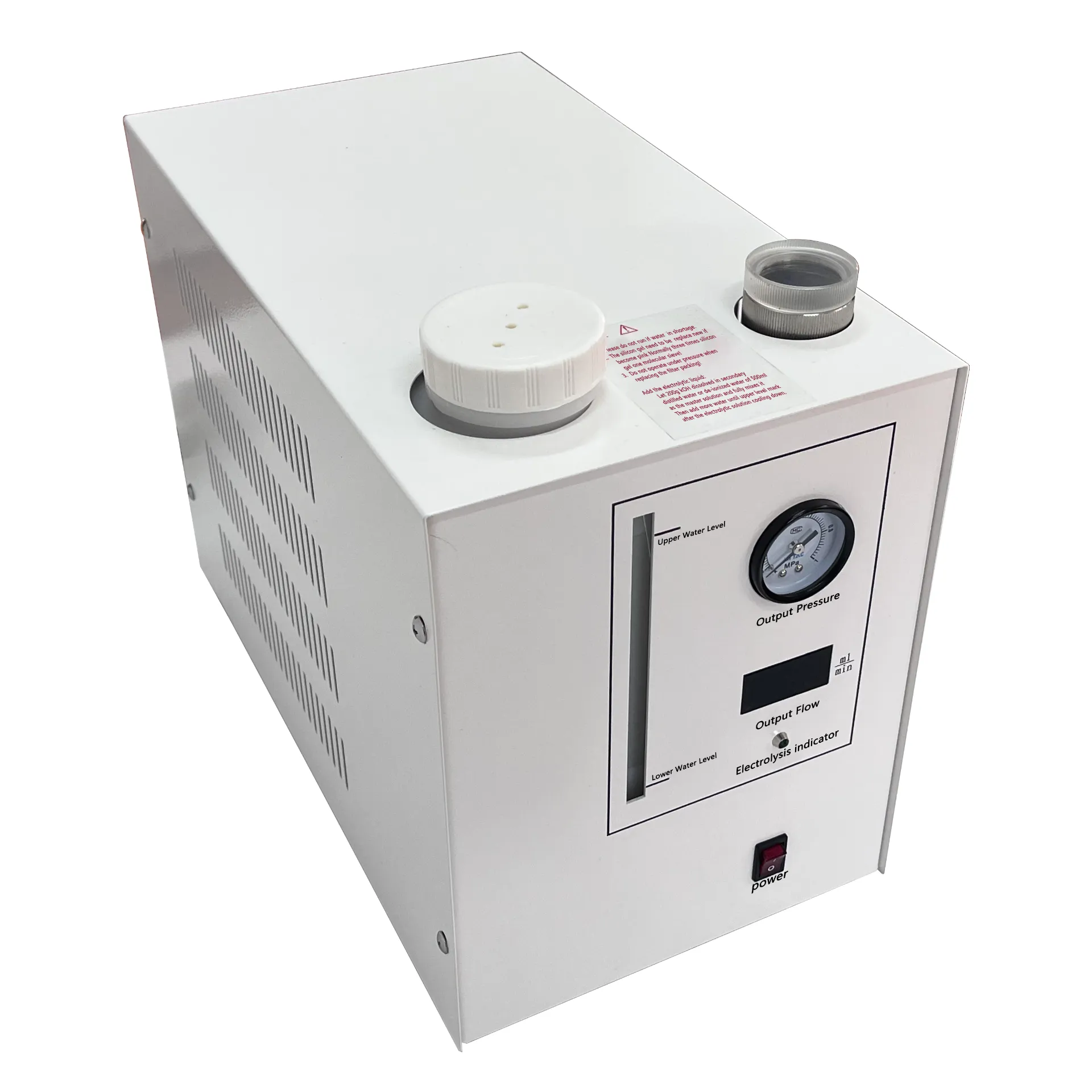 English
English



-
 Afrikaans
Afrikaans -
 Albanian
Albanian -
 Amharic
Amharic -
 Arabic
Arabic -
 Armenian
Armenian -
 Azerbaijani
Azerbaijani -
 Basque
Basque -
 Belarusian
Belarusian -
 Bengali
Bengali -
 Bosnian
Bosnian -
 Bulgarian
Bulgarian -
 Catalan
Catalan -
 Cebuano
Cebuano -
 China
China -
 China (Taiwan)
China (Taiwan) -
 Corsican
Corsican -
 Croatian
Croatian -
 Czech
Czech -
 Danish
Danish -
 Dutch
Dutch -
 English
English -
 Esperanto
Esperanto -
 Estonian
Estonian -
 Finnish
Finnish -
 French
French -
 Frisian
Frisian -
 Galician
Galician -
 Georgian
Georgian -
 German
German -
 Greek
Greek -
 Gujarati
Gujarati -
 Haitian Creole
Haitian Creole -
 hausa
hausa -
 hawaiian
hawaiian -
 Hebrew
Hebrew -
 Hindi
Hindi -
 Miao
Miao -
 Hungarian
Hungarian -
 Icelandic
Icelandic -
 igbo
igbo -
 Indonesian
Indonesian -
 irish
irish -
 Italian
Italian -
 Japanese
Japanese -
 Javanese
Javanese -
 Kannada
Kannada -
 kazakh
kazakh -
 Khmer
Khmer -
 Rwandese
Rwandese -
 Korean
Korean -
 Kurdish
Kurdish -
 Kyrgyz
Kyrgyz -
 Lao
Lao -
 Latin
Latin -
 Latvian
Latvian -
 Lithuanian
Lithuanian -
 Luxembourgish
Luxembourgish -
 Macedonian
Macedonian -
 Malgashi
Malgashi -
 Malay
Malay -
 Malayalam
Malayalam -
 Maltese
Maltese -
 Maori
Maori -
 Marathi
Marathi -
 Mongolian
Mongolian -
 Myanmar
Myanmar -
 Nepali
Nepali -
 Norwegian
Norwegian -
 Norwegian
Norwegian -
 Occitan
Occitan -
 Pashto
Pashto -
 Persian
Persian -
 Polish
Polish -
 Portuguese
Portuguese -
 Punjabi
Punjabi -
 Romanian
Romanian -
 Russian
Russian -
 Samoan
Samoan -
 Scottish Gaelic
Scottish Gaelic -
 Serbian
Serbian -
 Sesotho
Sesotho -
 Shona
Shona -
 Sindhi
Sindhi -
 Sinhala
Sinhala -
 Slovak
Slovak -
 Slovenian
Slovenian -
 Somali
Somali -
 Spanish
Spanish -
 Sundanese
Sundanese -
 Swahili
Swahili -
 Swedish
Swedish -
 Tagalog
Tagalog -
 Tajik
Tajik -
 Tamil
Tamil -
 Tatar
Tatar -
 Telugu
Telugu -
 Thai
Thai -
 Turkish
Turkish -
 Turkmen
Turkmen -
 Ukrainian
Ukrainian -
 Urdu
Urdu -
 Uighur
Uighur -
 Uzbek
Uzbek -
 Vietnamese
Vietnamese -
 Welsh
Welsh -
 Bantu
Bantu -
 Yiddish
Yiddish -
 Yoruba
Yoruba -
 Zulu
Zulu
high voltage test of transformer
High Voltage Test of Transformers Ensuring Safety and Reliability
Transformers play a crucial role in electrical power distribution and transmission. They are designed to alter voltage levels between circuits, enabling efficient energy transfer. However, the reliability of transformers is paramount, especially in high-voltage applications. One of the essential practices in evaluating transformer integrity is the high voltage test, a critical procedure ensuring safety and performance.
A high voltage test, often referred to as a dielectric strength test, is designed to verify the insulation properties of transformers under conditions that simulate operational stresses. During this test, the transformer is subjected to voltages significantly higher than its rated operational voltage. The primary objective is to check for insulation weaknesses, which may lead to failures during normal operation.
The procedure involves applying an alternating current (AC) or direct current (DC) high voltage to the transformer's windings. This voltage is usually several times greater than the intended operational voltage. For instance, a transformer rated for 10 kV may be subjected to a test voltage of 30 kV or more, depending on industry standards and specifications. The test is carried out for a specific duration, commonly lasting from 1 to 5 minutes. Continuous monitoring during this period helps identify breakdowns or flashovers in the insulation system.
high voltage test of transformer

Performing a high voltage test offers several benefits. First and foremost, it helps identify potential insulation failures before they occur in the field, reducing the risk of equipment damage or catastrophic failures. By identifying defects such as moisture ingress, manufacturing defects, or material degradation, operators can take corrective actions, ensuring operational reliability and safety.
Moreover, these tests are crucial for compliance with industry standards. Various organizations, such as the International Electrotechnical Commission (IEC) and the Institute of Electrical and Electronics Engineers (IEEE), set stringent guidelines regarding transformer testing. Adhering to these standards not only ensures the safety of the electrical grid but also fosters confidence among stakeholders in the transformer’s performance and reliability.
While high voltage testing is essential, it also warrants appropriate safety precautions. Operators must be trained and equipped with protective gear, as the risks associated with high voltage can be severe. Proper grounding, warning systems, and emergency protocols must be in place to ensure a safe working environment during testing.
In conclusion, high voltage testing is a vital process in the lifecycle of transformers, ensuring their safety, reliability, and compliance with industry standards. As the demand for efficient power transmission continues to grow, the importance of rigorous testing protocols becomes increasingly critical in maintaining a robust electrical infrastructure.
-
Testing Equipment Industry Sees Major Advancements in 2025: Smart & Precision Technologies Lead the WayNewsJun.06,2025
-
Applications of Direct Current Generators in Renewable Energy SystemsNewsJun.05,2025
-
Hipot Tester Calibration and Accuracy GuidelinesNewsJun.05,2025
-
Digital Circuit Breaker Analyzer Features and BenefitsNewsJun.05,2025
-
Benefits of Real-Time Power Quality Monitoring Devices for Industrial EfficiencyNewsJun.05,2025
-
Earth Fault Loop Testing in High-Rise Building Electrical SystemsNewsJun.05,2025



